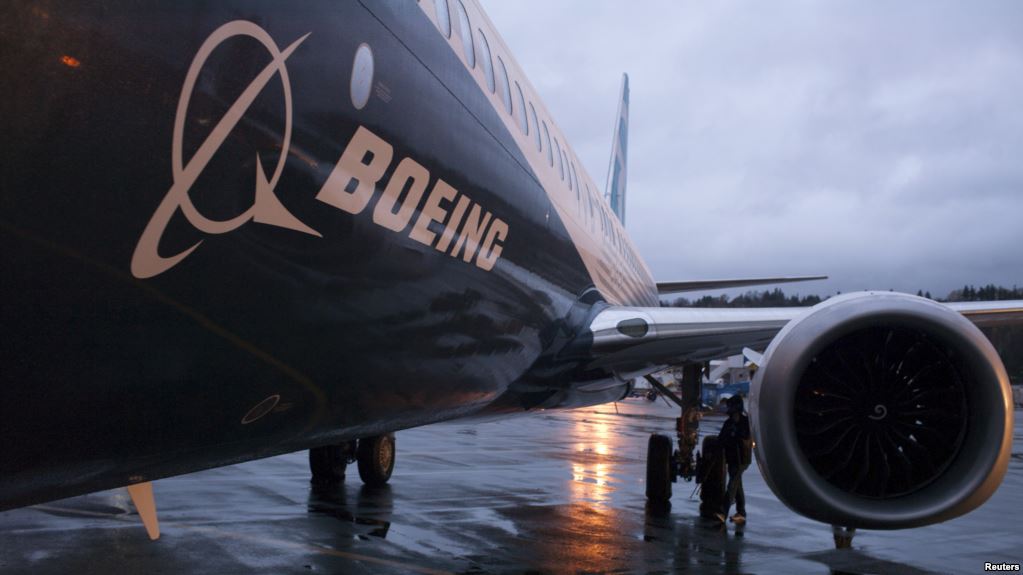 Boeing admitted that a faulty sensor in its anti-stall system played a part in last month's deadly Ethiopian plane crash, in which all 157 on board died, apologizing for the fault. In the same note, Boeing has also taken responsibility for the Lion Air crash of a similar nature in October that killed all 189 people on board.
Boeing admitted that a faulty sensor in its anti-stall system played a part in last month's deadly Ethiopian plane crash, in which all 157 on board died, apologizing for the fault. In the same note, Boeing has also taken responsibility for the Lion Air crash of a similar nature in October that killed all 189 people on board.
Ethiopian investigators released their preliminary report into the disaster that killed 157 people, saying the anti-stall system kept pushing the nose of the plane downward shortly after takeoff as the pilots struggled to take control.
Dagmawit Moges, Ethiopia’s Minister of Transport, at a news conference following the release of the preliminary report, said the jet experienced “nose dive conditions” almost immediately after takeoff. "The crew performed all the procedures repeatedly provided by the manufacturer but were not able to control the aircraft," Mrs. Dagmawit explained.
"The captain called out three times 'pull up' and the first officer acknowledged," according to the report. The aircraft's automated anti-stalling system, the MCAS, tried to force the nose down multiple times, the report says.
The pilots followed emergency procedures and turned off the system, the report says. The pilots tried to use the backup manual wheel, but the airplane was traveling too fast, according to the report. The jet crashed six minutes into takeoff. The crash site was consistent with "high energy impact."
"The aircraft impacted in a farm field and created a crater approximately 10 meters deep, with a hole of about 28 meters width and 40 meters length," the report says. "Most of the wreckage was found buried in the ground." A final report on the crash could be a year away, Dagmawit Moges said.
Dennis A. Muilenburg, Boeing’s CEO, while stating the details of airline accidents normally await a final report from governments, said, "But with the release of the preliminary report of the Ethiopian Flight 302 accident investigation, it is apparent that in both flights, the Maneuvering Characteristics Augmentation System, known as MCAS, activated in response to erroneous angle of attack information."
“We at Boeing are sorry for the lives lost in the recent 737 accidents and are relentlessly focused on safety to ensure tragedies like this never happen again,” Muilenburg said.
The Ethiopian Airlines statement following the discourse stated, "Despite their hard work and full compliance with the emergency procedures, it was very unfortunate that they could not recover the airplane from the persistence of nose diving. As the investigation continues with more detailed analysis, as usual we will continue with our full cooperation with the investigation team," the airline's statement said.
Boeing and the US Federal Aviation Administration (FAA) have come under much scrutiny following the incident.
As for the fate of the B737 Max, although it is too early to tell, Boeing has announced it is working on a “software update” to address the issue. But for now, Peter Goelz, former managing director of the National Transportation Safety Board, speaking to USA Today, said, "I don't see these planes getting back in the air anytime soon."
Top Image: The B-737 Max
Sources: VOA, AP, USA Today
Image Source: Reuters



